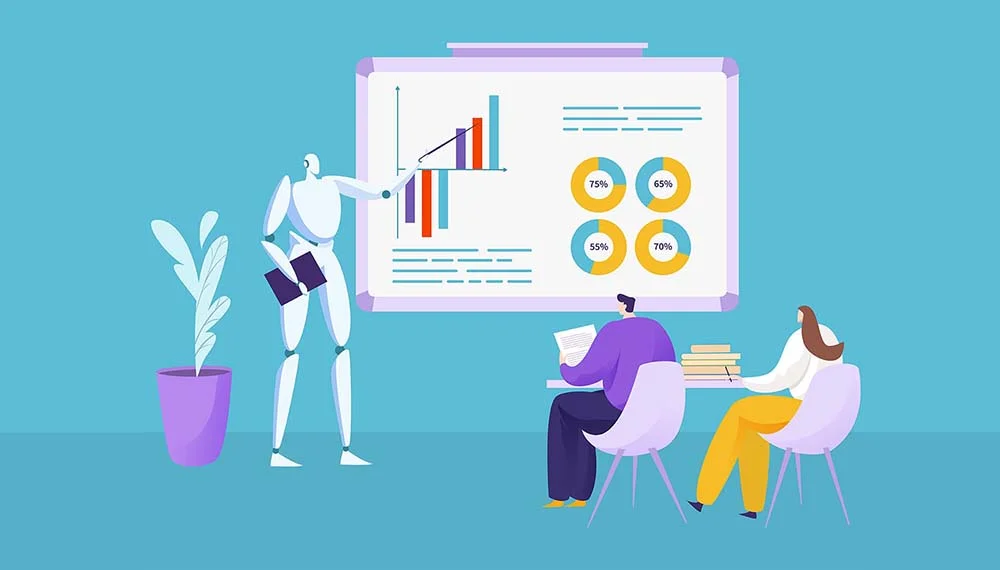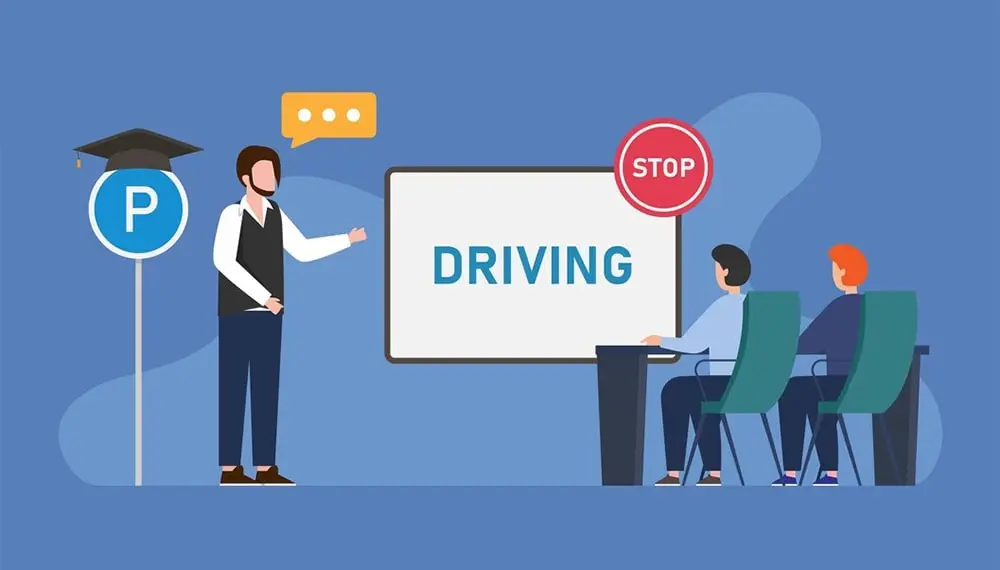Skills Gap Analysis: Your Answer to AI-First Future
Rohit Kumar
15 Jul, 2024

Artificial intelligence (AI) has become a leading driver of business innovation and efficiency in today's rapidly evolving technological landscape. However, integrating AI into the workplace has highlighted a significant challenge: The skills gap. As organizations strive to harness AI's potential, the disparity between the skills required and those currently available in the workforce becomes increasingly apparent.
A skills gap analysis is essential to bridge this gap, ensuring organizations remain competitive and future-ready. This article explores the concept of skills gap analysis, its importance in an AI-first future, and the steps to conduct one effectively.
Understanding the Skills Gap
A skills gap occurs when job seekers or employees do not possess the skills necessary for a particular job or industry. This gap can hinder hiring, reduce productivity, and stifle innovation. Examples of skills gaps vary across sectors but generally fall into four categories:
-
Industry-specific skills: These gaps arise when there is a lack of industry-specific knowledge or certifications required for compliance or best practices. For instance, in the tech industry, there may be a shortage of individuals with advanced coding skills, while in healthcare, there might be a shortage of nurses with specialized training in critical care.
-
Soft skills: These gaps, often seen among younger generations, include communication, teamwork, decision-making, and creativity. The disruption of in-person experiences due to the COVID-19 pandemic has exacerbated this issue.
-
Leadership skills: Insufficient leadership training, poor communication skills, and team incoherence contribute to gaps in leadership abilities. Essential leadership skills include active listening, conflict resolution, delegation, team building, and relationship management.
-
Technical skills: Rapid technological advancements can lead to gaps in technical skills. Examples include proficiency with AI neural networks, programming, and new software tools.
Causes of Skills Gaps
Several factors contribute to the existence of skills gaps:
-
Educational System: The educational system often lags behind the rapidly changing economic environment and technological advancements
-
Career Progression: Younger employees tend to remain in entry-level roles longer, delaying their acquisition of advanced skills
-
Retirement: Experienced workers retire, taking their accumulated knowledge and skills with them
-
Training Quality: Poor training from supervisors and mentors can leave employees underprepared for evolving job requirements
The Role of Skills Gap Analysis
Identifying gaps between employee skills and organizational needs is called a skills gap analysis. This analysis is crucial for several reasons:
-
Identifying Areas for Improvement: By pinpointing specific skill gaps, organizations can focus on creating targeted training and development programs
-
Enhancing Employee Performance: Understanding which skills need development allows companies to provide relevant training, thereby improving employee productivity and performance
-
Gaining a Competitive Advantage: By addressing skills gaps, organizations can remain competitive and adapt to market changes
-
Increasing Employee Satisfaction: If employees receive training and development opportunities, they will feel valued and content
Steps to Conduct a Skills Gap Analysis
Conducting a skills gap analysis involves several key steps:
Step 1: Create an Effective Skills Gap Analysis Plan
Effective planning is crucial for a successful skills gap analysis. That involves addressing questions such as:
-
Which business areas need immediate attention?
-
How will the process be communicated to employees?
-
Who will participate in the analysis?
-
What is the project timeline?
-
How will data be gathered (e.g., using competency-tracking software or manual methods)?
Step 2: Identify the Competencies Needed to Meet Organizational Goals
Organizations should assess their goals for three to five years to identify required competencies. It involves analyzing market trends, industry disruptions, and the impact of new technologies. Key questions to consider include:
-
What specific skills are needed to achieve business objectives?
-
Are there new technologies affecting job roles?
-
Which competencies are becoming more vital in the industry?
Step 3: Evaluate Current Competency Levels
Assessing current skill levels can be done through various methods:
-
Self-assessments: Employees evaluate their competency levels
-
Manager assessments: Managers assess employees' skills
-
Peer assessments: Coworkers provide feedback on employees' competencies
-
360-degree assessments: Managers, subordinates, and peers evaluate employees' skills
Using specialized software, such as Core Competency LMS, with a learning gap analysis tool like Core Competency's Competency Management System can streamline this process. These tools allow for comprehensive evaluations and generate detailed reports to track and organize results.
Step 4: Close Skills Gaps
Once skills gaps are identified, prioritize filling them. Strategies to close gaps include:
-
Modify Hiring Processes: Incorporate skills assessments into the hiring process
-
Partner with Educational Institutions: Collaborate with schools and universities to hire interns and graduates
-
Train Current Workforce: Develop training programs to upskill existing employees
-
Provide Leadership Training and Mentorships: Offer programs to develop leadership skills
-
Enhance Team Building: Foster team cohesion and identify hidden talents
-
Improve Communication and Negotiation Skills: Facilitate better collaboration and efficiency
Step 5: Measure and Report the Results
Evaluating the success of training initiatives is essential. Steps to assess outcomes include:
-
Gathering feedback from employees on training effectiveness
-
Collecting performance reviews from managers
-
Reassessing performance regularly to monitor skills development
-
Using LMS reports to track progress and identify areas needing additional training
The Role of AI in Skills Gap Analysis
AI can significantly enhance the skills gap analysis process. By analyzing employee data, AI can quantify skills proficiency and identify areas for improvement. This process, known as "skills inference," involves three key steps:
-
Skills Taxonomy: Defining the skills required for future success, not just current needs
-
Skills Evidence: Selecting suitable sources of employee data for analysis and ensuring data privacy
-
Skills Assessment: Using AI models to measure proficiency and compare it with self-assessments
Overcoming Challenges in Skills Gap Analysis
Conducting a skills gap analysis can present several challenges, including:
-
Employee Resistance: Employees may fear that the analysis will highlight their weaknesses. Clear communication about the purpose of the exercise and how it benefits both the employees and the organization can help mitigate these concerns.
-
Data Collection: Gathering accurate data can be time-consuming. Leveraging technology, such as Core Competency's LMS and Competency Management System, can streamline this process and ensure comprehensive data collection.
-
Analysis Complexity: Analyzing the data and interpreting the results can be complex. Using specialized software and involving skilled analysts can simplify this process.
Continuous Skills Gap Analysis
A one-time skills gap analysis is not enough. Organizations must adopt a culture of continuous assessment and development. Regularly updating the skills inventory and reassessing performance ensures that the workforce remains aligned with evolving business needs.
As businesses navigate an AI-first future, addressing the skills gap becomes paramount. A thorough skills gap analysis provides a clear roadmap for identifying and closing competency gaps, ensuring organizations can effectively leverage AI technologies. Investing in continuous learning can boost employee performance, give companies a competitive edge, and foster a culture of creativity and innovation.
In conclusion, the skills gap is a critical challenge in the era of AI. Still, with a strategic approach to skills gap analysis, organizations can turn this challenge into an opportunity for growth and success. By systematically identifying and addressing skills gaps, businesses can build a more capable and resilient workforce, ready to thrive in the AI-driven future.
Leverage Core Competency's advanced tools to prepare your organization for the AI-driven future. Our Learning Management System streamlines training processes with features like SCORM compliance and detailed analytics. Meanwhile, our Competency Management System offers comprehensive skill assessments and development tools. Book a demo today to see how our solutions can future-proof your workforce.




